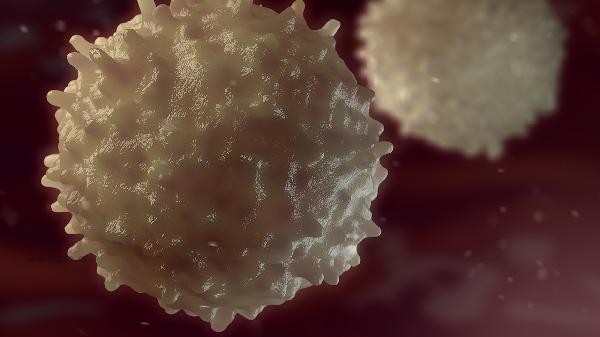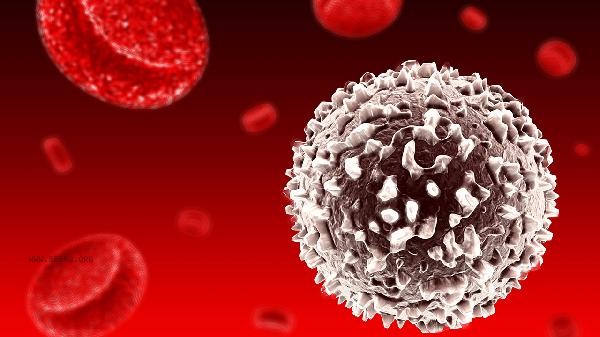A high white blood cell count may be due to bacterial infection, but it can also be caused by factors such as vigorous exercise, stress response, viral infection, allergic reactions, or blood system diseases.
1. Intense exercise: After high-intensity exercise, white blood cells will temporarily increase, which is a physiological response. During exercise, muscle tissue produces metabolic products such as lactate, which stimulates the release of reserved white blood cells from the bone marrow into the bloodstream. They usually return to normal after a few hours of rest and do not require special treatment.

2. Stress response:
Stress states such as trauma, surgery, or emotional tension can increase the secretion of adrenal cortex hormones, causing neutrophils to enter the circulatory pool from the marginal pool. This transient increase in white blood cells is usually accompanied by increased heart rate, elevated blood pressure, and other symptoms. After the stressor is eliminated, the indicators can fall back on their own.
3. Viral infection:
Some viral infections, such as infectious mononucleosis, can cause an increase in the proportion of lymphocytes, leading to an increase in the total number of white blood cells. When infected with EB virus, cytomegalovirus, and other viruses, abnormal lymphocytes can account for more than 20% of the white blood cell count and need to be identified through specific antibody testing.

4. Allergic reactions:
Type I hypersensitivity reactions such as allergic rhinitis and asthma attacks can cause an increase in eosinophils. This type of patient has a mild to moderate increase in white blood cell count, usually accompanied by elevated IgE levels and histamine release symptoms. After anti allergic treatment, the blood count can gradually return to normal. 5. Hematological disorders: Hematological disorders such as leukemia and myelodysplastic syndrome can lead to pathological increases in white blood cells. This type of situation is often accompanied by abnormalities such as the appearance of immature cells and a decrease in hemoglobin, and requires diagnosis through bone marrow puncture. When an increase in white blood cells is detected, it should be judged comprehensively based on clinical symptoms. Bacterial infections are usually accompanied by a neutrophil proportion exceeding 75%, nuclear left shift, and elevated C-reactive protein. Suggest rechecking blood routine to observe dynamic changes and avoid blood collection after intense exercise. Pay attention to supplementing vitamin C and high-quality protein in daily life, and maintain sufficient sleep. If there are persistent abnormalities, further tests such as peripheral blood smear and procalcitonin testing are required. Patients with hematological diseases need to regularly monitor changes in their blood count.









Comments (0)
Leave a Comment
No comments yet
Be the first to share your thoughts!